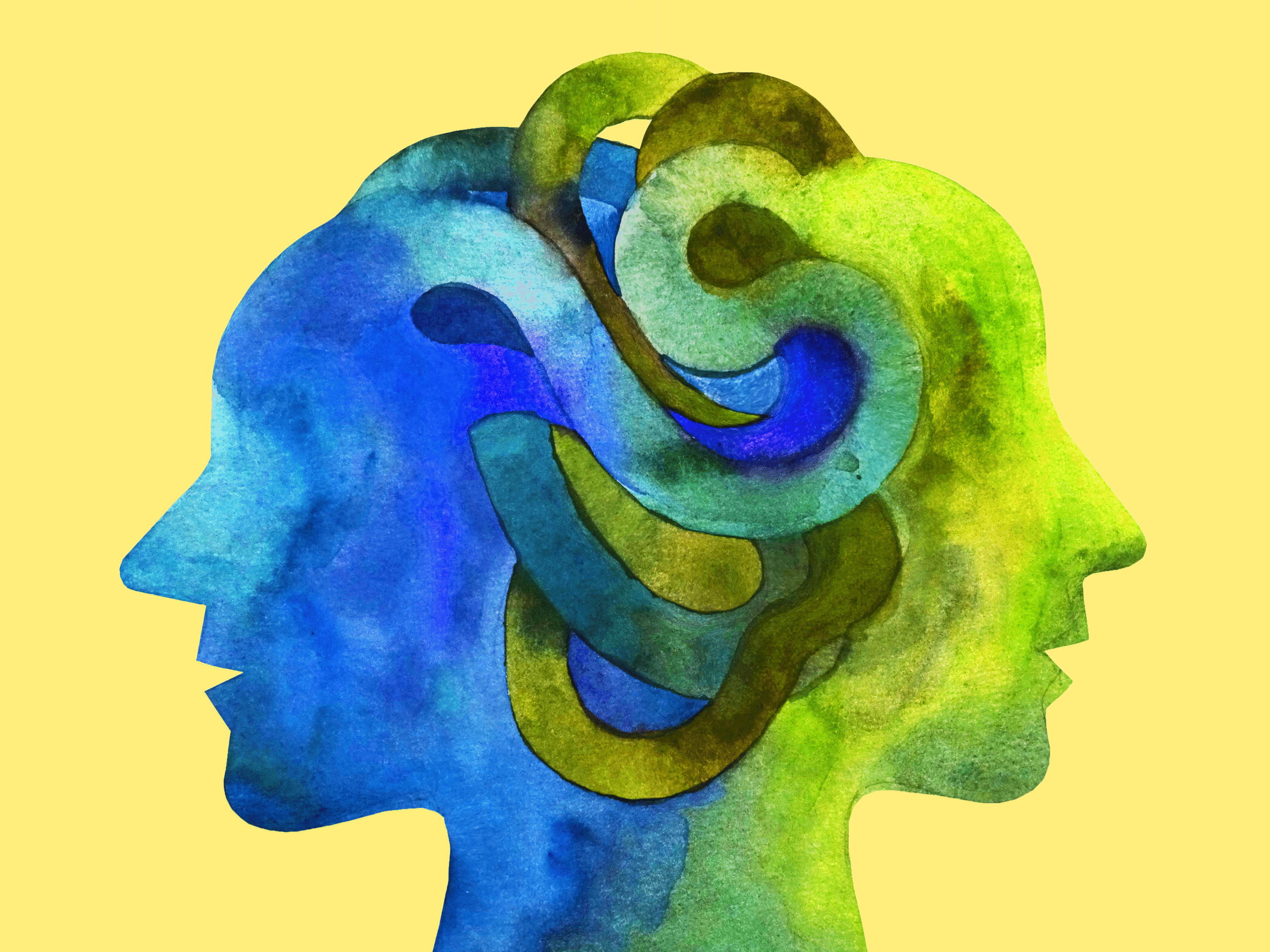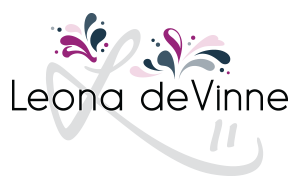
21 Aug Bury Doubt Before Doubt Buries You
Doubt. I’m so done with doubt. I literally buried it in my backyard. Last time I metaphorically mentioned using a shovel—this time I couldn’t find one, so I used a garden rake.
I don’t feel like it’s done with me, though. Even as I write, I feel it creep in, less strongly than before. I can still hear, but more faintly-Why bother? No one really needs—or frankly cares about—what you have to say.
Doubt. It sticks.
Sometimes, doubt shouts. Other times, it whispers—or lingers like a scent you’ve gotten so used to that you barely notice it anymore. And then it becomes deep-seated beliefs, like a truth deeply staked into the ground that you tether your life to.
I want to continue writing my book. The book—no, my book—about helping women reclaim their voices. That shift in language is part of my claim. The burial was part of my process to get moving.
It’s been parked in my Google Drive for over a year—my computer closet—and yet I feel compelled to bring it out. 60,000 words already written, and still, resistance. Not the loud “why bother,” but the subtle, easy-to-ignore part of life. Tuck it away so it doesn’t spill over into something visible.
Because who cares?
Except—somewhere deeper—I know: this is how I use my voice. This is how I’m meant to express myself. How I’m meant to help—even just one person.
This is how I use my talents. And doubt says, Are you really talented? And here we go again.
I listened to a podcast—Damon West on the Jefferson Fisher podcast. He said, “The hardest place to do time is the prison of your mind.” He doesn’t give much airtime to his thoughts—he decides not to listen to them.
I’ve been trained to turn toward myself with compassion and speak kindly, and there’s room for that here. But Damon’s approach reminds me of something Ethan Kross writes about in Chatter: when your inner voice gets noisy, distance yourself from it. One simple, powerful way to do that? Use your own name when you talk to yourself.
Instead of, I can’t do this, I might say, Leona, you’ve done harder things before.
Instead of, I’m not ready, I could tell myself, Leona, you are ready—and you’re going to start.
It might feel odd at first, but research shows that this small shift creates psychological distance. It turns the swirling mess of me into something you can observe more clearly—like a coach giving guidance instead of a critic throwing jabs.
So today, sick of those voices, I buried them—literally—in my backyard.
Not in the backyard of my mind. I wrote them out, one by one. Ripped the paper. Went to the shed for a shovel—no luck—found a three-prong garden rake.
Not one to waste time, I went to the only patch of exposed dirt, looked at each piece of paper, and said the opposite of what I had written.
I don’t have talent. — Leona, you do have talent.
I don’t have the resources. — Leona, you have what you need to begin.
Each time, I folded the paper, pressed it into the ground, and raked soil over it. Done. Dead and buried.
Here’s the other thing Kross would say about this: rituals like this are powerful. They give form to the invisible. When you take your swirling, negative self-talk and connect it to a physical act—burying it, burning it, releasing it into water—you signal to your brain that something has shifted. And your brain listens.
What I’m taking from Damon is: I will tell myself what is true. I will remind myself of the times I was afraid and acted anyway. And when my inner coach is tired, I will walk right past those doubts in the prison yard of my mind, not even glancing at them.
Doubts be damned. I’m doing this. I’m here to express myself. I’m doing it.
Your turn:
What do your doubts say? What do you want to bury?
If you’re ready to take action, here’s how to begin. First, sit with these questions:
- What would you love to do if you weren’t afraid?
- How does doubt creep in? Describe what it says, when it shows up, and how it tries to stop you.
- What do you notice in your body, thoughts, and beliefs when doubt is present?
- What is the opposite truth of that doubt? Write it as if you were speaking to yourself using your own name. (Example: “Leona, you are ready for this.”)
- Where in your life have you acted bravely before? Capture the details—what you did, what it cost you, and what it gave you.
- Who benefits when you don’t let doubt win?
- What’s one small, courageous step you can take this week?
Then—turn your answers into a ritual. Write down your doubts, express the opposite truth aloud, and then physically release them: bury, burn, or release them into water. Do it with intention, and notice what shifts in you when you’ve acted on your decision to let them go.
Brains love action. Ritual helps the shift stick. And you might just find that what you buried stays buried or quiets down so you can get on with the magic you’re meant to make.
If you want more research-backed tools and techniques, sign up for the newsletter, where you will get more information with practical tools that will help you even more.
Try this doubt-erasing visualization to help you bury your doubts, maybe even for good.

No Comments